
Change the Culture, Change the Game
The Breakthrough Strategy for Energizing Your Organization and Creating Accountability for Results
Recommendation
In this new, revised version of their 2002 book, Journeys to the Emerald City, management consultants Roger Connors and Tom Smith offer wisdom, anecdotes and facts to help you modify your organizational culture for positive business results. The authors discuss change, culture, and people by providing three-step programs, five-principle approaches, three-level matrices, and a pyramid. The authors employ multiple models because they address elements of the workplace that are as intangible as they are important. As Connors and Smith are fond of saying, “Either you will manage the culture, or it will manage you.” This is proven true even though formulas and jargon occasionally muffle their sound methods and useful message. getAbstract recommends this book to CEOs, executives, human resources professionals, parents and anyone running a team who wants better results.
Summary
About the Authors
Management consultants Roger Connors and Tom Smith co-wrote Journeys to the Emerald City, The Oz Principle and How Did That Happen?








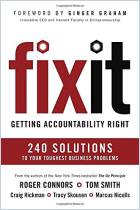


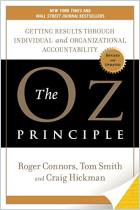
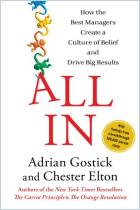
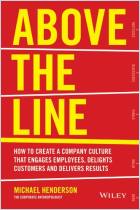

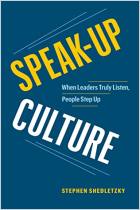
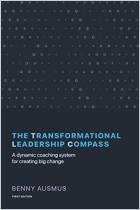
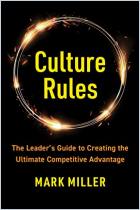





Comment on this summary